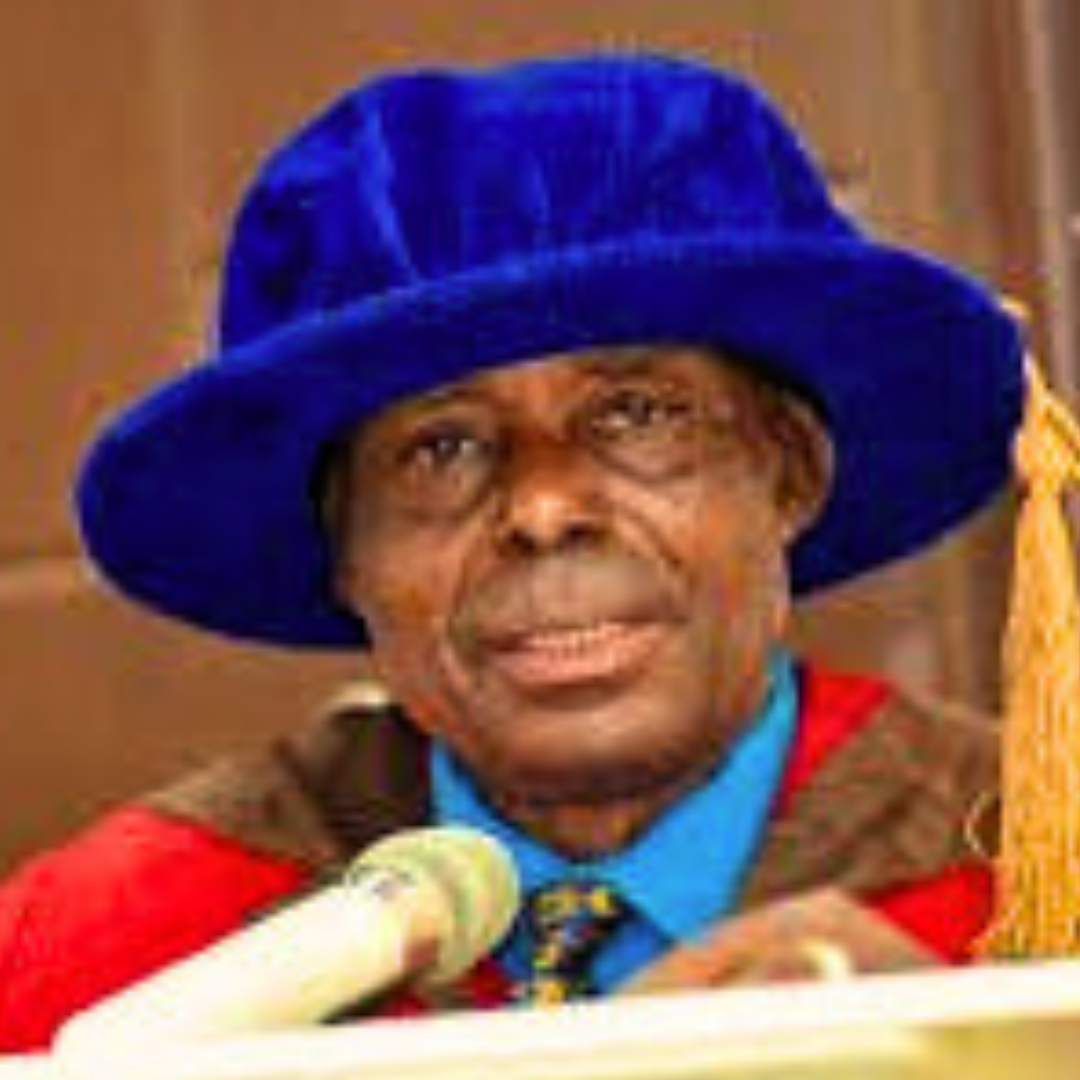
John the Baptist as the Forerunner of Christ
A forerunner is the one who goes ahead to announce the approach of a greater personality, to ensure adequate preparation to receive him or her. Although the Scripture had announced the coming of a Messiah, most people who were aware of the humble background of Jesus Christ, did not believe that he could possibly be the expected Saviour. “That itinerant young preacher, son of a mere carpenter who was born the other day? No way!” A prophet like John the Baptist was even accorded greater respect and recognition as a fearless preacher who went about baptising the people, and boldly speaking the truth, regardless of whose ox was gored. This outspokenness was later to land him in deep trouble with Herod Antipas.
Thus, John the Baptist must have confused his listeners when he described himself as “a voice crying out in the wilderness, make straight the way of the Lord” (John 1:23). “Then why do you baptize, if you are not Christ, and not Elijah, and not the prophet?” (John 1:25), they queried him anxiously.
He then enlightened them. “After me arrives a man, who has been placed ahead of me because he existed before me” (John 1:30). He followed up with a powerful testimony, to his bewildered listeners: “…It is for this reason that I come baptizing with water: so that he may be made manifest in Israel…For I saw the Spirit descending from heaven like a dove; and he remained upon him…this is the one who baptizes with the Holy Spirit.
And I saw, and I gave testimony that this one is the Son of God” (John 1:31-34). He regarded himself as being unfit to undo the straps of his shoes (Luke 3:16; John 1:27), and concluded that the man he was talking about “must increase, while I must decrease” (John 3:30).
What comes out vividly from these quotes is that John the Baptist had a clear knowledge of Jesus as the Messiah and the Son of God, and he contributed significantly to the Epiphany of Christ. His proverbial humility is also everywhere in evidence.
Jesus and John had first met while gestating in the wombs of their mothers. For, when Elizabeth heard Mary’s greeting during the latter’s visit to the former, the child leapt in Elizabeth’s womb: “And it happened that, as Elizabeth heard the greeting of Mary, the infant leapt in her womb and Elizabeth was filled with the Holy Spirit” (Luke 1:41). The Baby John also shared in the outpouring of the Holy Spirit on his mother.
So, Jesus and John were actually mates from the womb. Both of them were also mysterious babies in different ways: Mary was carrying a divine pregnancy as a Virgin, while Elizabeth took in at 88, when she had long passed child-bearing age. Indeed, Zachariah, John’s father, was struck dumb for doubting Angel Gabriel’s prophetic message, and he regained his power of speech only after the birth of the baby.
Also, both Jesus and John were christened from the womb, and both had their roles cut out for them. John’s major role was to manifest Jesus Christ to others and baptize him.
The most dramatic event in their close relationship was John’s baptism of Jesus, at the age of thirty, which took place on the bank of the River Jordan. With no original sin to wash away, it was merely a superfluous exercise in practical demonstration of the essence of the Sacrament of Baptism as a compulsory induction for all Christians. That spectacular event brought together all the Three Persons of the Holy Trinity.
As Jesus, the Second Person of the Trinity, was being baptised, the Holy Spirit, the Third Person of the Trinity descended like a dove on Jesus; while the Heavenly Father, the First Person of the Holy Trinity, interjected in a loud Voice: “You are my beloved Son in whom I am well pleased” (Luke 3:22). It was the greatest moment of revelation for the eternal mystery of the Holy Trinity, Three Persons in one God.
John the Baptist did not live to witness the crucifixion of Jesus which took place three years after the baptism of Christ. John was martyred by Herod Antipas, the son of Herod the Great, who had slaughtered thousands of infants in his failed bid to destroy the Infant Jesus, many years earlier. Herod Antipas had unlawfully taken over Herodias, his half-brother’s wife, and outspoken John spoke truth to power by openly condemning the act, and got arrested by Antipas.
While John was in prison, Antipas had a celebration where Salome, the daughter of Herodias, impressed him with her skilful dance and he thus vowed to give her whatever she might ask for as a gift. Under the instigation of her mother, Salome requested for the head of John the Baptist on a platter. John was subsequently beheaded and the gory prize was presented to Salome who celebrated her ‘victory’ with her mother, Herodias. The disciples of Jesus collected John’s body for burial, while Jesus grievously mourned the death of his closest friend and colleague.
Meanwhile, Jesus, who had earlier escaped the sword of Herod the Great as an infant, later found himself at the mercy of Herod Antipas, during his arrest and trial, in collusion with Pontius Pilate, resulting in the torture and crucifixion of Christ. John and Jesus were lifelong friends, from their respective mothers’ wombs to their different tombs.



Leave a Comment